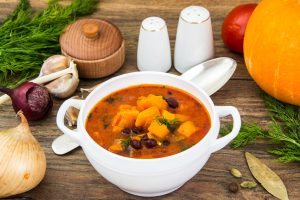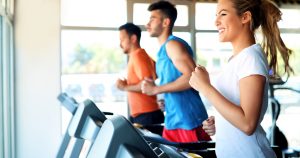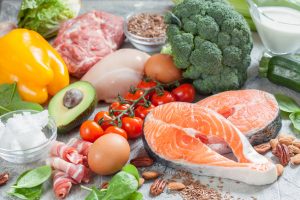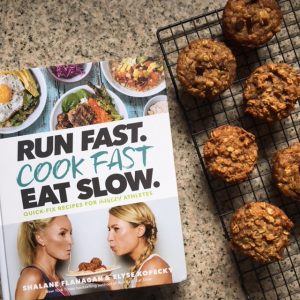Many people across the world struggle with controlling their weight. In America, more than 1/3 of America’s adult population is obese. People who are severely overweight have an unfortunately high risk of developing other health complications; heart disease, diabetes, and joint injuries, along with several others. Losing weight can have several benefits to improving one’s health- and a little bit can go a long way. Studies have shown that losing just 5-10% of your body weight can lead to a noticeable improvement in ones’ health. Positive changes in your diet and an increase in exercise can get you started on your weight loss journey. Here are a few of the many benefits you may see when losing weight:
Losing weight can…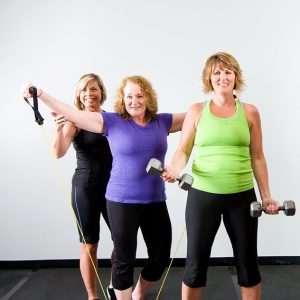
- Lower your blood pressure and improve “good” cholesterol levels (HDL), both contributing to a decrease risk of heart disease.
- Improve blood glucose levels and decrease your risk of getting diabetes
- If you already have diabetes, losing weight can decrease your reliance on medications
- Decrease your risk of developing certain cancers
- Decrease your risk of having a stroke
- Decrease your risk of inflammation caused by chemicals released from fat cells
- Decrease stress on joints, leading to a reduction in joint deterioration
- If you already have damage within the joint (osteoarthritis), losing weight can improve your symptoms and slow the progress of joint deterioration
- Improve mobility
- Improve quality of sleep
- Improve mood and quality of life
By David McCalla


